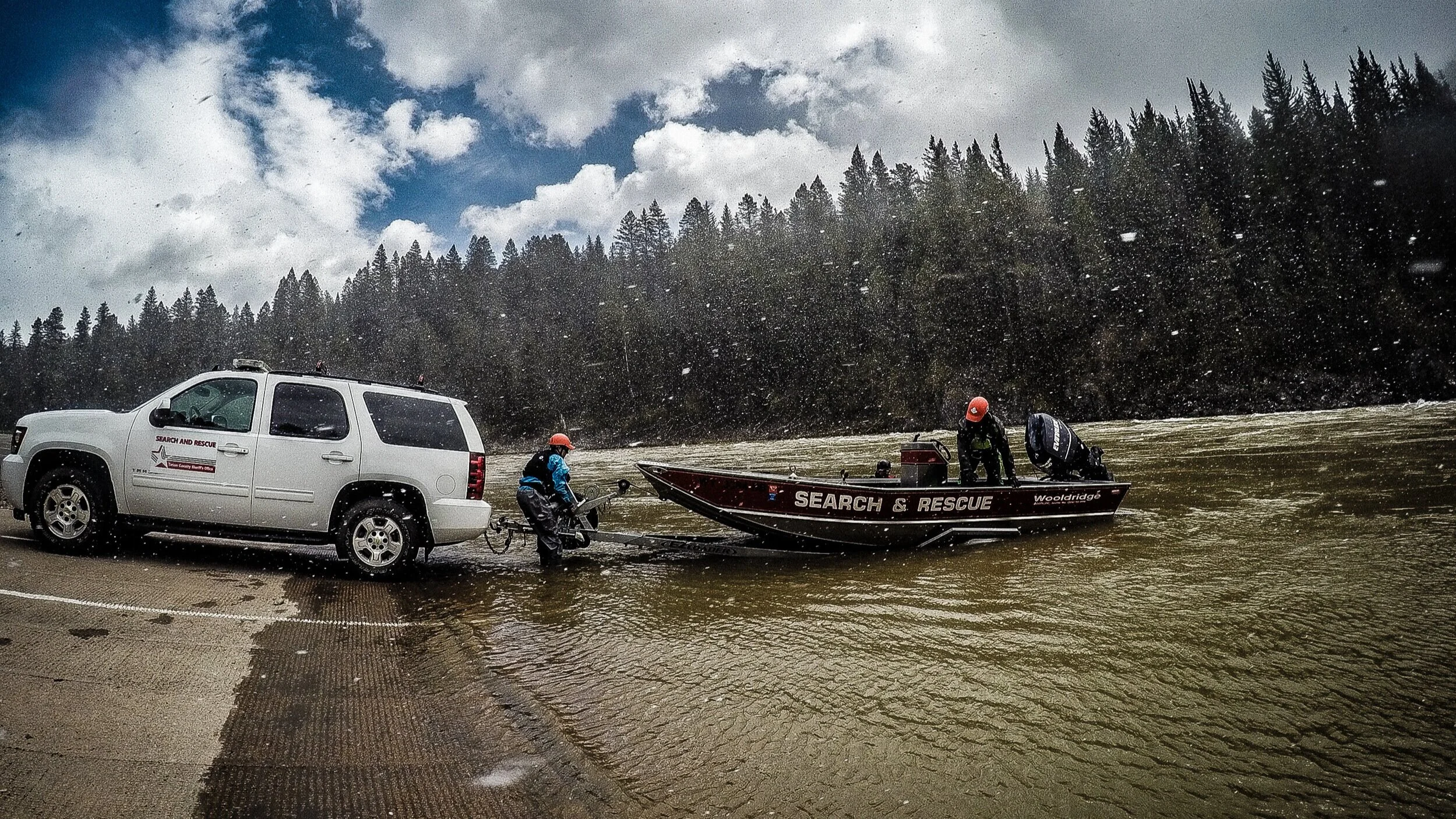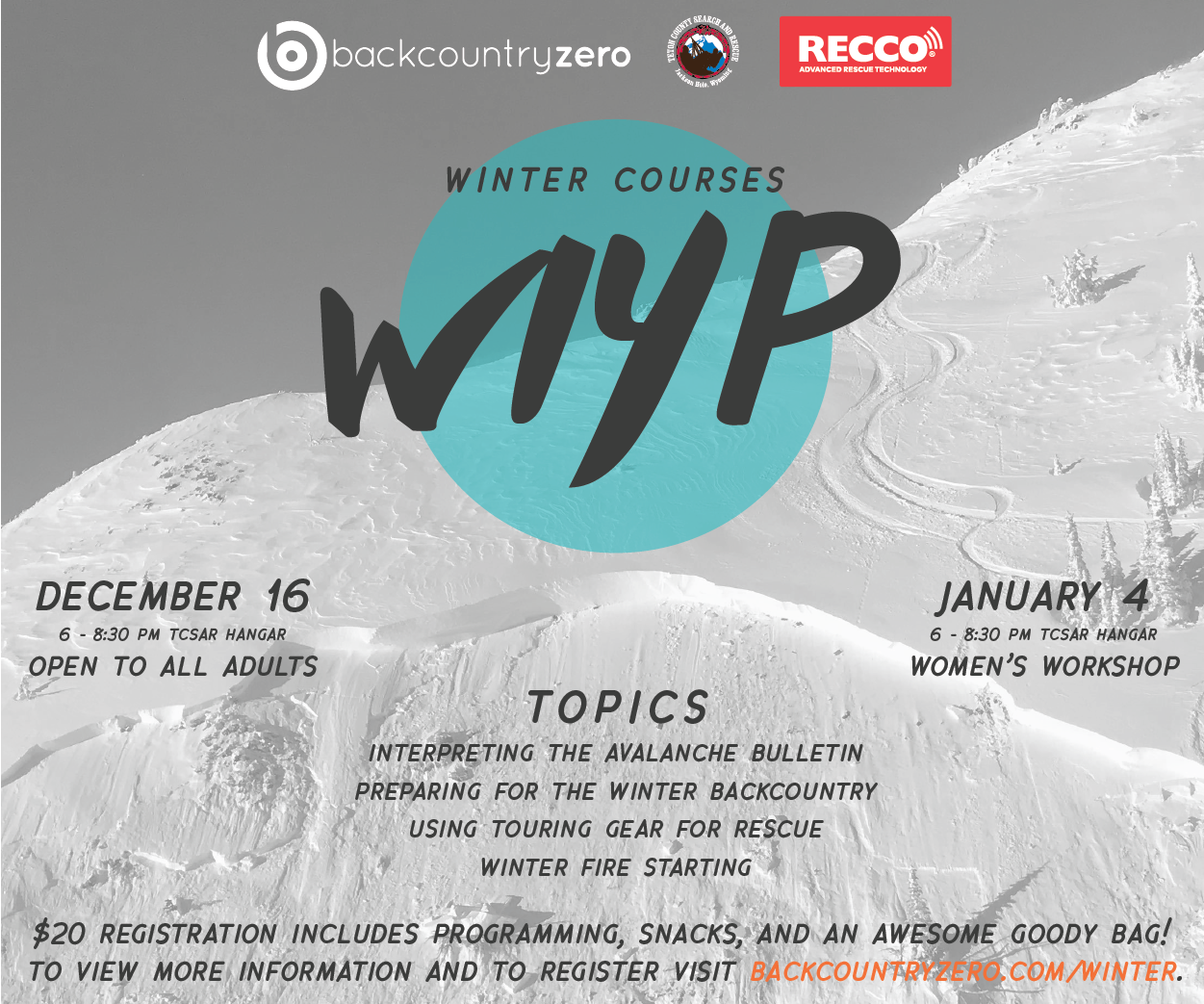Being able to communicate in the backcountry is a key pillar of safety, especially during an emergency. Thanks to a statewide effort, that is now much easier in Teton County and across Wyoming. Backcountry users equipped with two-way radios are now able to communicate directly with first responders during emergencies by using channel 307 anywhere in the state.
Using your radio, simply program channel 307 into the device. Though Search & Rescue teams do not actively monitor the channel, they will use the channel during incident callouts to try to connect with those who need help. In places without cellular service, communicating via 307 on a radio has the potential to be a critical lifeline.
Known as “Be 307 Aware,” the new program is a collaboration between the Wyoming State Search and Rescue (SAR) Council, the Wyoming Office of Homeland Security and the Wyoming All Hazards Association.
Two of the most common consumer radios are the Motorola TalkAbout and the Backcountry Access BC Link 2.0. Each as their place and benefits, but the BCA radios are designed for more rigorous activity in the backcountry, such as ski touring, mountaineering and snowmobiling.
Backcountry users who don’t own radios are encouraged to download the BackcountrySOS, a free smartphone app developed by TCSAR Foundation that enables anyone having an emergency to provide their status and precise location to Search & Rescue personnel. The app requires no setup or login. Unlike two-way radios, however, BackcountrySOS does not allow back and forth communication with emergency responders, and the app does require a small amount of cell service.
The Wyoming State SAR Council offers the following steps to increase your chances of being rescued:
Buy an FRS/GMRS capable radio or 'walkie talkie' and program the 307 channel into the radio. Program to UHF 462.6125 Privacy Code 85.4 or Channel 3 and Privacy code 07 (307).
If, or when, you become stranded, if searchers are looking for you they can attempt to contact you on this channel. It is not a 911 type channel.
Always tell someone where you are going and when you plan on coming back. Ask local authorities if a check-in form is available.
Pack appropriate gear and supplies. A lot more info on this can be found at BackcountryZero.com.
Check the weather and avalanche forecast.








